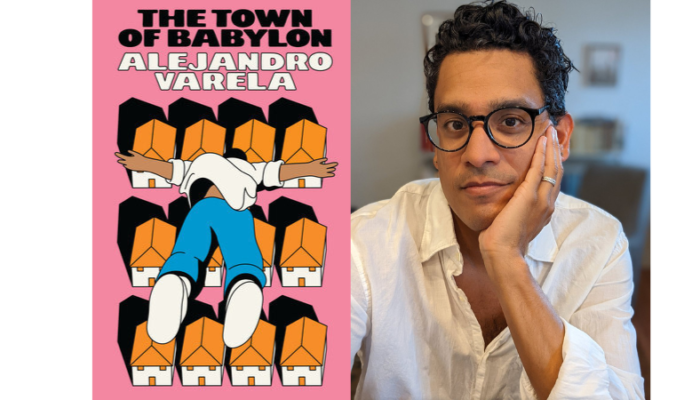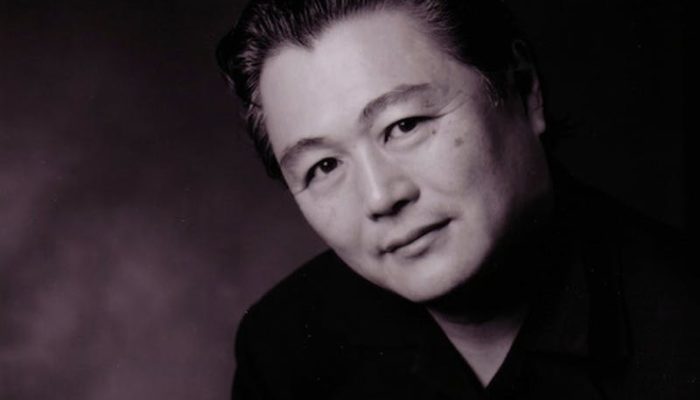Melody Nixon recently interviewed Rich Benjamin, journalist-adventurer and the author of Searching for Whitopia: An Improbable Journey To The Heart Of White America. See more at The Common Online
MN: Living on the East Coast and in New York City in particular I find it so easy to make assumptions about what is happening “out there,” in the rest of America, in terms of everything, but especially race relations. Your book offers rich insight as you actually travelled throughout the country investigating what you call “Whitopias.” What are Whitopias?
RB: There are a couple important, salient qualities of the communities I visited, which I call Whitopias. A Whitopia has to be whiter than the U.S. in general, i.e., right now the U.S. is about 69% white. A Whitopia has to be whiter than its respective region in the country, (east, south, west, Midwest), and it has to have had at least 6% growth between 2000 and 2008, and the majority of that growth has to have to come from white residents. And the final quality that is absolutely crucial to a Whitopia is that it has to have a special social charm, a je ne sais quoi, a special look and feel.
MN: In the book you came up with a few different names for describing these sorts of communities. I liked the poeticism of your term “Caucasian Arcadias.” Why did you settle on the term “Whitopia?”
RB: I wanted the reader to be immediately aware that we’re talking about utopias.
MN: Is that to give a sense of the impossibility, or false ideals, of these places?
RB: A little bit, yes, I agree. When you read Thomas More, when you think about utopias, they are genuinely, at face value, pleasant and positive. But there’s always a dark underlining to any form of utopia.
MN: Your introduction states: “a prediction that is making headlines across the U.S. is fast becoming a reality. By 2042, whites will no longer be the American majority.” Is this shift in demographics what inspired you to write the book?
RB: In general, yes. I was just fascinated by that statistic and the way it’s reported. In many instances in this country there’s an alarmist nature to the way that statistic is reported; it’s often frightening to readers. I jokingly call it the “white people deadline.” By 2042, white people’s majority status will expire. I just wanted to learn more about that, by going to white enclaves and seeing why there’s so much anxiety around that fact.
MN: Some of the people you talked to felt that they’d seen the “wrong model of diversity” in the urban centers from which they’d emigrated to new white enclaves. How much do you think these Whitopian communities are a response to race relations in American “failing” to progress since the Civil Rights Movement?
RB: I think one of the most memorable comments I heard was in St. George, Utah, from a woman coming from Los Angeles, who felt that in Los Angeles diversity had been done poorly. So for her diversity meant social strife, it meant graffiti, it meant gangs, it meant drug war. She said, very frankly, she’s “over it.” It meant also a form of multiculturalism she didn’t care for, that she felt was bullying and guilt tripping. So, yes, in many cases, people who’ve fled urban centers feel that diversity had been done badly.
Read the full interview here




